Look! Up in the sky! Is that an eagle? No, it’s a heron. Sorry…it’s a finch. No…wait…a crane. Okay, no one is going to confuse an eagle with a heron, or a crane with a finch, or a heron with anything. Each has its particular look, traits, and ways of adapting to its surroundings. A heron, for example, is a waterfowl. Eagles are notorious raptors, while finches are colorful Lilliputian songbirds. As for cranes, well, they have long necks like a runway model.
Despite these and other differences, all five of these birds have many things in common, the least of which is that all have five-letter names. Of course, they are not the only amazing five-letter birds flying the friendly skies, but they are among the most common.
Eagle

The bald eagle has been the national bird of the United States since the 18th century.
©PHOTOOBJECT/Shutterstock.com
You will know an eagle when you see one. They are giant birds of prey that use their long and curved talons like an avian Edward Scissorhands. Eagles are raptors that rely on other animals for their daily bread. They’ll chow on reptiles, fish, birds, and small mammals.
More than 60 eagle species exist across the globe, with most found in Eurasia and Africa. North America is home to two species, while in Central and South America there are nine more. Australia is home to three different types of eagles. Eagles range in height from 2 feet to more than 3 feet. Their wingspans can top 6 feet, or about the size of an NBA point guard. The bald eagle is perhaps the most famous eagle of all.
Heron

Great blue herons are just one of over 70 heron species.
©flownaksala/iStock via Getty Images
With their curvy neck and thin legs, herons are wading birds that make their nests near bodies of water. Fashioned out of sticks and situated in trees and bushes, scientists call these avian neighborhoods heronries. If you haven’t seen a heron fly overhead, they are magnificent to watch. They wing through the air gracefully with their long legs outstretched and their pointed beaks splitting the wind. Two types of herons exist — night and tiger. Night herons feed in the evening and early morning. A night heron is more weighty than other herons, although its legs tend to be shorter. Tiger herons, on the other hand, get their name because of their stripped feathers. Some 6 species of tiger herons exist.
Herons have been around for millions of years. Scientists have found fossils that date back between 60 and 38 million years ago. The herons that we know today have been with us for about 7 million years. Herons can be found worldwide, including in Sub-Sahara Africa, North and Central America, Oceania, Australia, and Southwest Asia, among other places.
Crane

The sarus crane is the tallest flying bird in the world.
©Mukund Kumar/Shutterstock.com
If Herons are a sight to behold, so are cranes. Cranes have long necks and legs. The birds live near various waterways, including swamps, lakes, and ponds. Around 15 species populate the world. They dine on a smorgasbord of insects, fish, reptiles, and rodents. Cranes will also swallow small stones, which helps them grind food to make it easier to digest Cranes belong to the family Gruidae, and although they resemble a heron, cranes are much weightier. Their plumage is often white, gray, or brown, although one, the African crowned, has a plume of gold on its head. In the United States, the whooping crane rules the roost as it stands about 5 feet, making it the tallest bird in America. Its wingspan can top 7 feet. If you’re wondering, cranes are extremely strong fliers. They can fly over the Himalayas.
Robin
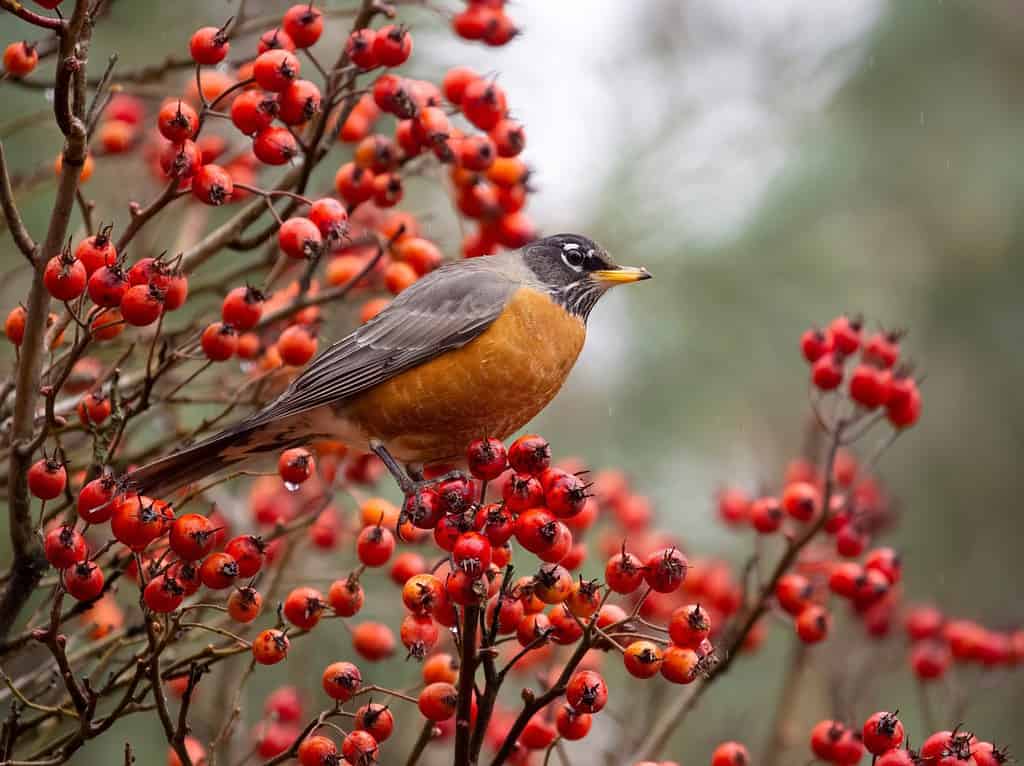
American robins aren’t true robins. Rather, they are thrushes.
©Erni/Shutterstock.com
If you live in North America where winters can be extremely rough, then the American robin is a welcome sight. Its presence is a harbinger that spring is near. Robins are extremely recognizable. Their breasts are red, while the rest of their bodies are draped in black with a tinge of white. People living in North America can see the robin pretty much everywhere, including cities, and forests, and nibbling on berries. During the summer in the American Southwest, robins will huddle in forests and mountainous areas.
Robins will forage mainly on the ground, as anyone with a lawn will tell you. They’ll dine on bugs, snails, spiders, and yes, worms. During the winter they will seek out plants that produce berries. Females will lay light blue eggs and when those eggs hatch, she and her male partner will take turns feeding them.
Finch
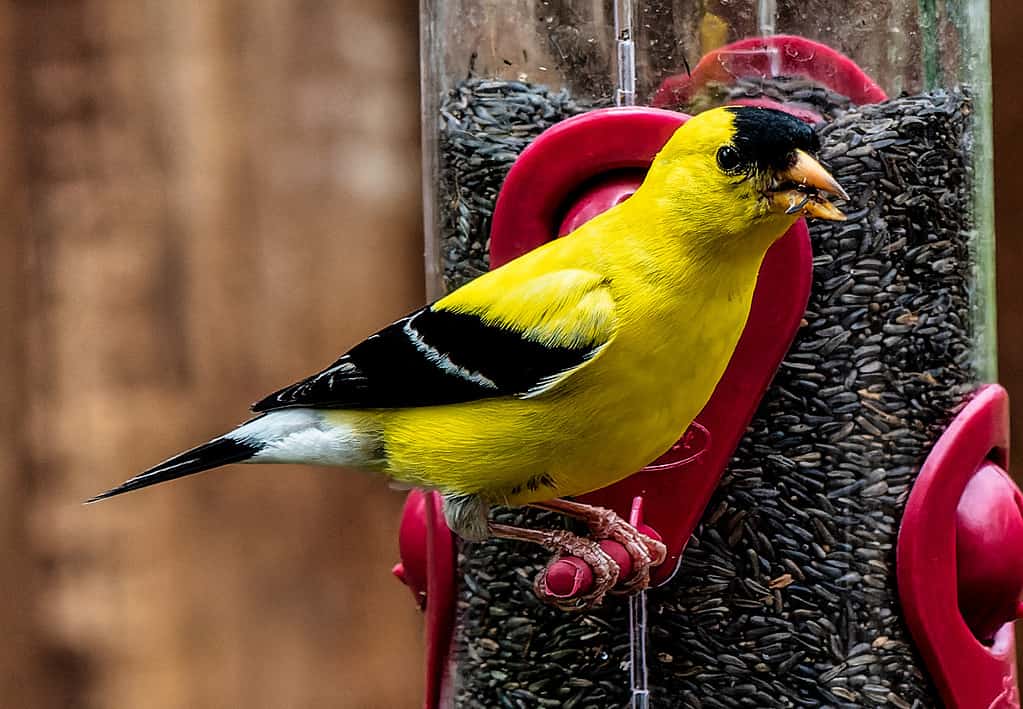
True finches — like this American goldfinch — belong to the family Fringillidae.
©blightylad-infocus/iStock via Getty Images
One of the most common birds with a 5-lettered name is the finch. You can see them hanging around backyard feeders. Most species are brightly colored, such as the goldfinch and the red house finch, at least those of the male gender. The face of the purple finch is generally a raspberry red, with the male molting in the summer. Finches are generally 6 inches tall, with a wingspan of 10.
Finch nests are architectural treasures, as the birds sculpt their small bowl-shaped homes with twigs and other light flotsam. The female is the master builder, with the male doing the grunt work of carrying the lumber. When the female is incubating her eggs, the male will come by with food. When the eggs hatch, both the male and female feed their offspring.
12 More Birds with 5-Letter Names
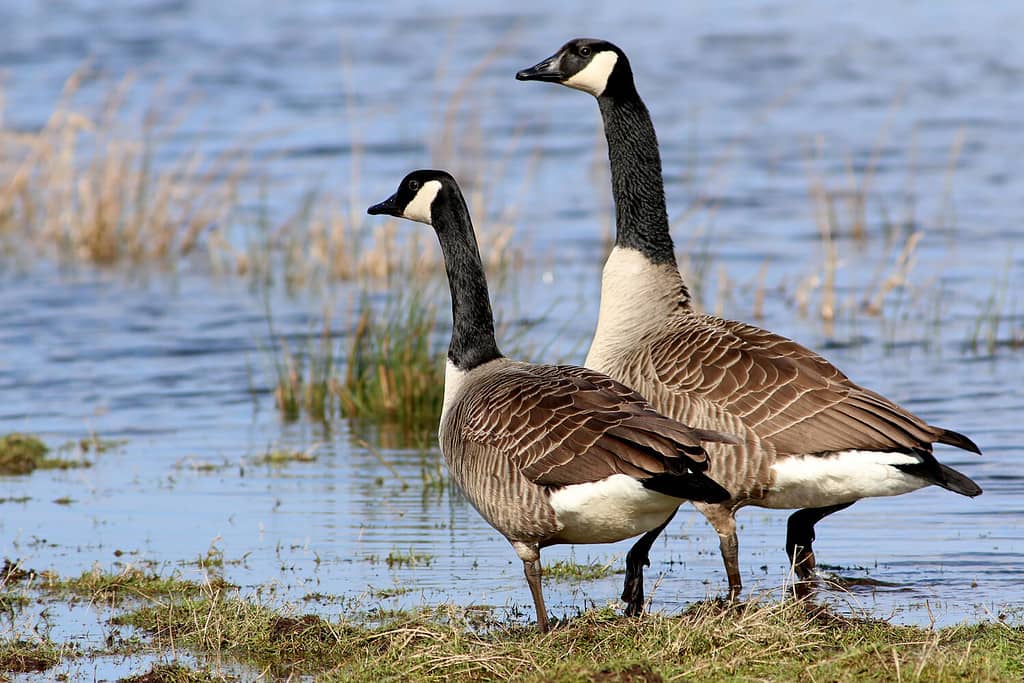
Geese
©Ger Bosma Photos/Shutterstock.com

Grebe
©Mircea Costina/Shutterstock.com
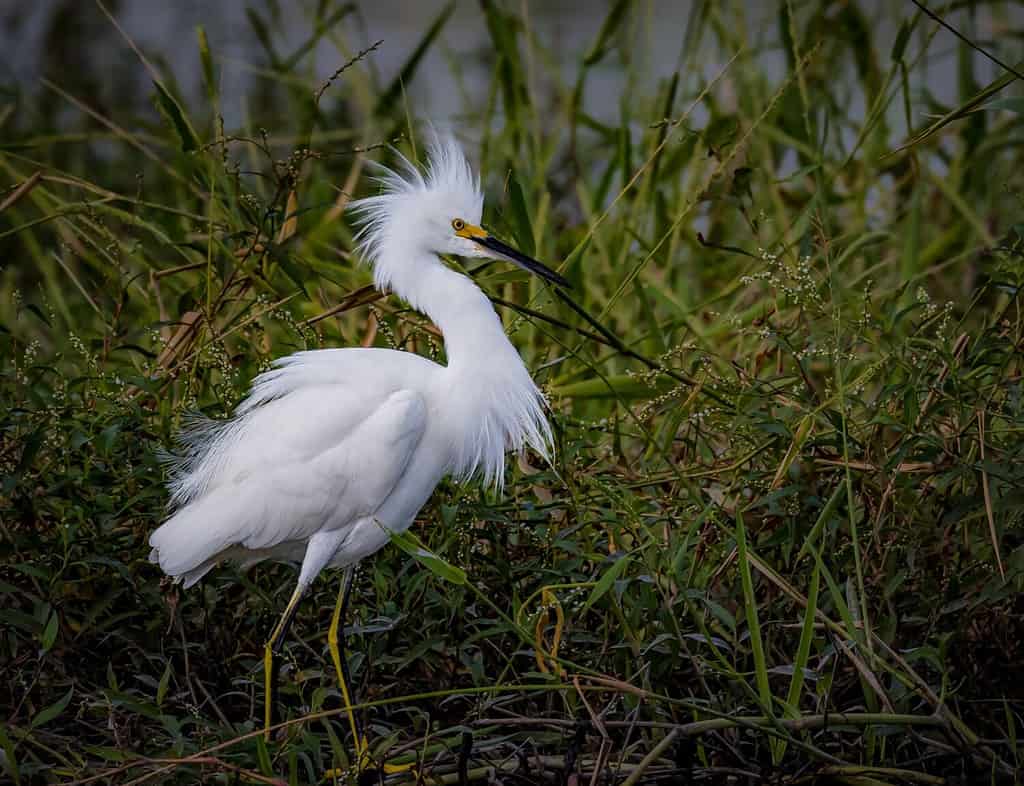
Egret
©jo Crebbin/Shutterstock.com
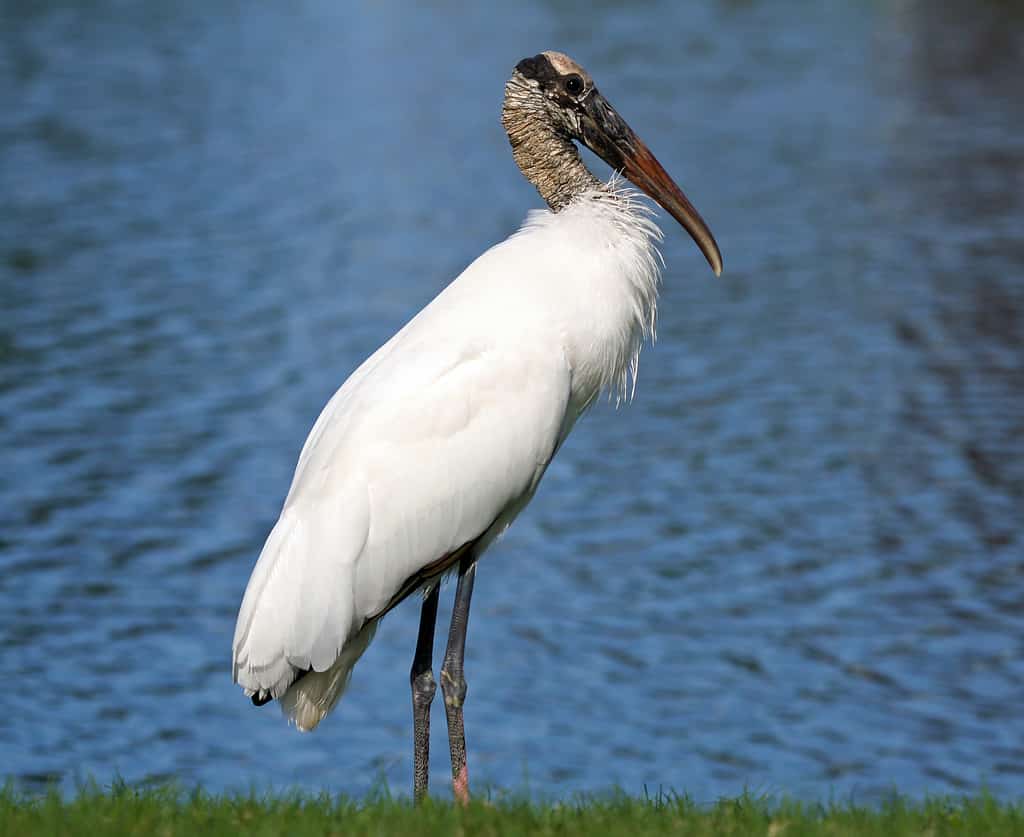
Stork
© Googie man at en.wikipedia / CC BY-SA 3.0 – License
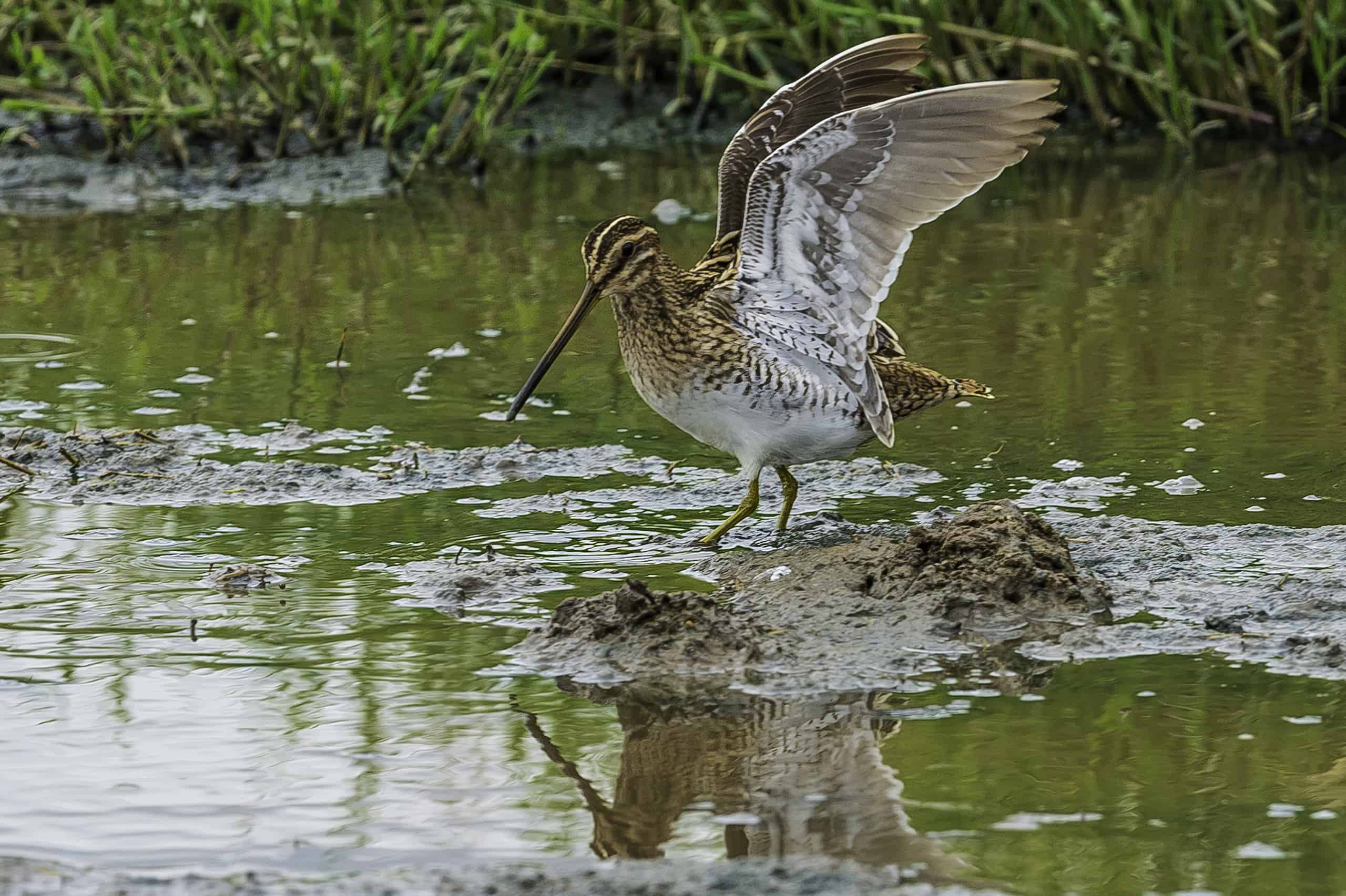
Snipe
©iStock.com/Gerald Corsi

Raven
©Jessica Guo/iStock via Getty Images

Macaw
©nabyh/Shutterstock.com
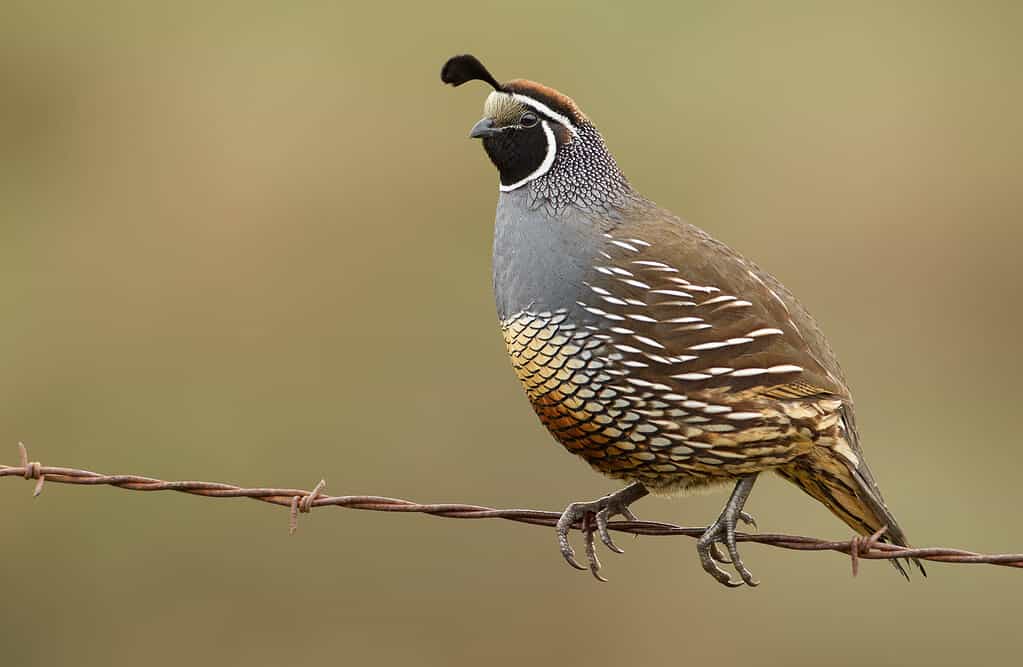
Quail
©Agnieszka Bacal/Shutterstock.com

Pipit
©Pkspks / CC BY-SA 4.0 – License
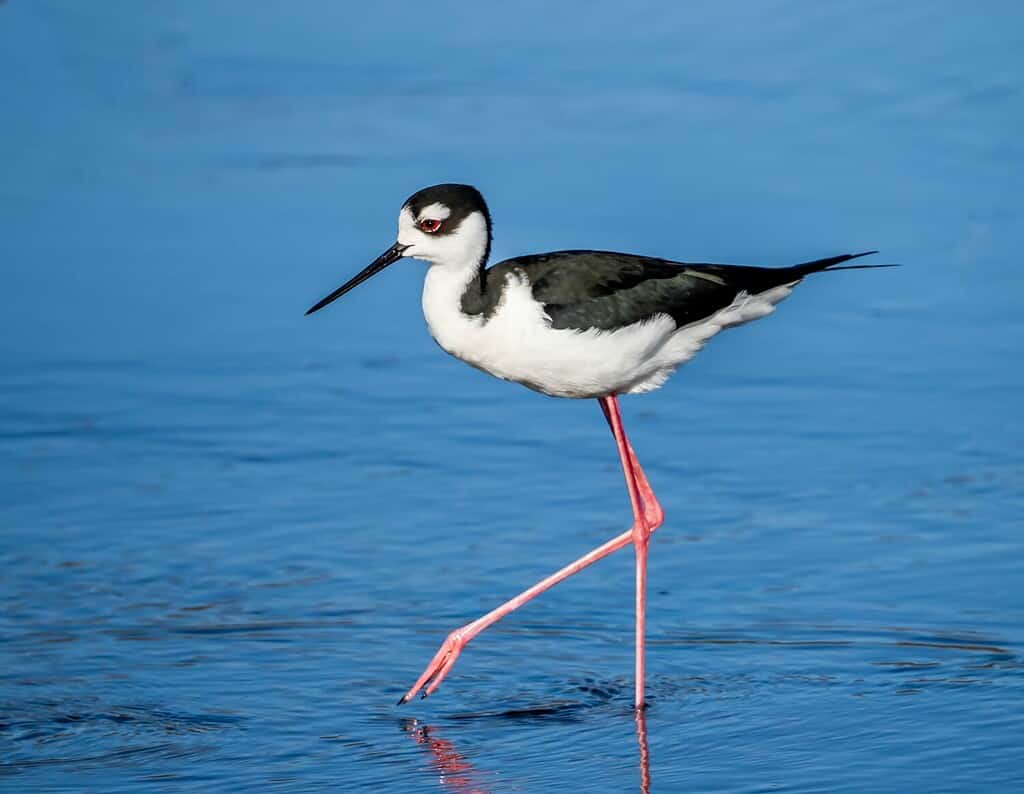
Stilt
©Jim Schwabel/Shutterstock.com

Eider
©Heikki Huhtinen/Shutterstock.com

Junco
©iStock.com/nreflect
The photo featured at the top of this post is © Brian E Kushner/Shutterstock.com
Thank you for reading! Have some feedback for us? Contact the AZ Animals editorial team.






